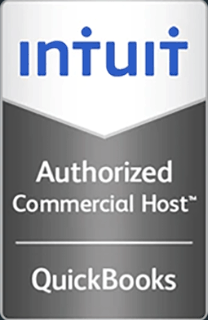What is SaaS?
By Lisa Gecko
SaaS, or Software as a Service, is a computing distribution model where businesses rent online software instead of purchasing and installing it on their own computers. SaaS is a fundamental concept behind centralized computing where organizations rent their computing software from a host. All of the processing work is completed on the Internet, with users accessing their tools and files using a web browser.
Software as a Service refers to applications that are hosted by a vendor or service provider and made available to customers over a network, typically the Internet. SaaS is becoming an increasingly prevalent delivery model as underlying technologies that support Web services and service-oriented architecture (SOA) mature and new developmental approaches, such as Ajax, become popular. At the same time, high-bandwidth broadband service has become increasingly available to support user access from more areas around the world.
SaaS is closely related to ASP (application service provider) and on demand computing software delivery models. IDC identifies two slightly different delivery models for SaaS. The hosted application management (hosted AM) model is similar to ASP: a provider hosts commercially available software for customers and delivers it over the Web. Alternatively, in the software on demand model, the provider gives customers network-based access to a single copy of an application created specifically for SaaS distribution.
Benefits of the SaaS model include:
• easier administration
• automatic updates and patch management
• compatibility: All users have the same version of software
• easier collaboration, for the same reason
• global accessibility
• affordability: organizations can pay for computing power then need without having to purchase expensive hardware and software
In contrast to SaaS, the traditional model of software distribution, in which software is purchased and installed on personal computers, is sometimes referred to as software as a product.
SaaS describes the business model of users logging into a centralized web host to access their software products. Users open their files and software only while online. With this model, businesses do not need networking equipment or a large IT staff in order to develop and maintain it. All an organization needs is their personal computers and an Internet connection, the host provides everything else including the hardware, software, and support staff.
To summarize, SaaS provides access to software and its functions remotely as a Web-based service. Software as a Service also allows organizations to access business functionality at a cost typically less than paying for licensed applications since SaaS pricing is based on a monthly fee. Also, because the software is hosted remotely, businesses do not have to invest in additional hardware. Software as a Service removes the need for organizations to handle the installation, set-up and daily upkeep and maintenance. Software as a Service is sometimes referred to as simply hosted applications. With the numerous benefits the SaaS model provides, it is becoming an increasingly popular option for businesses moving into cloud computing.





